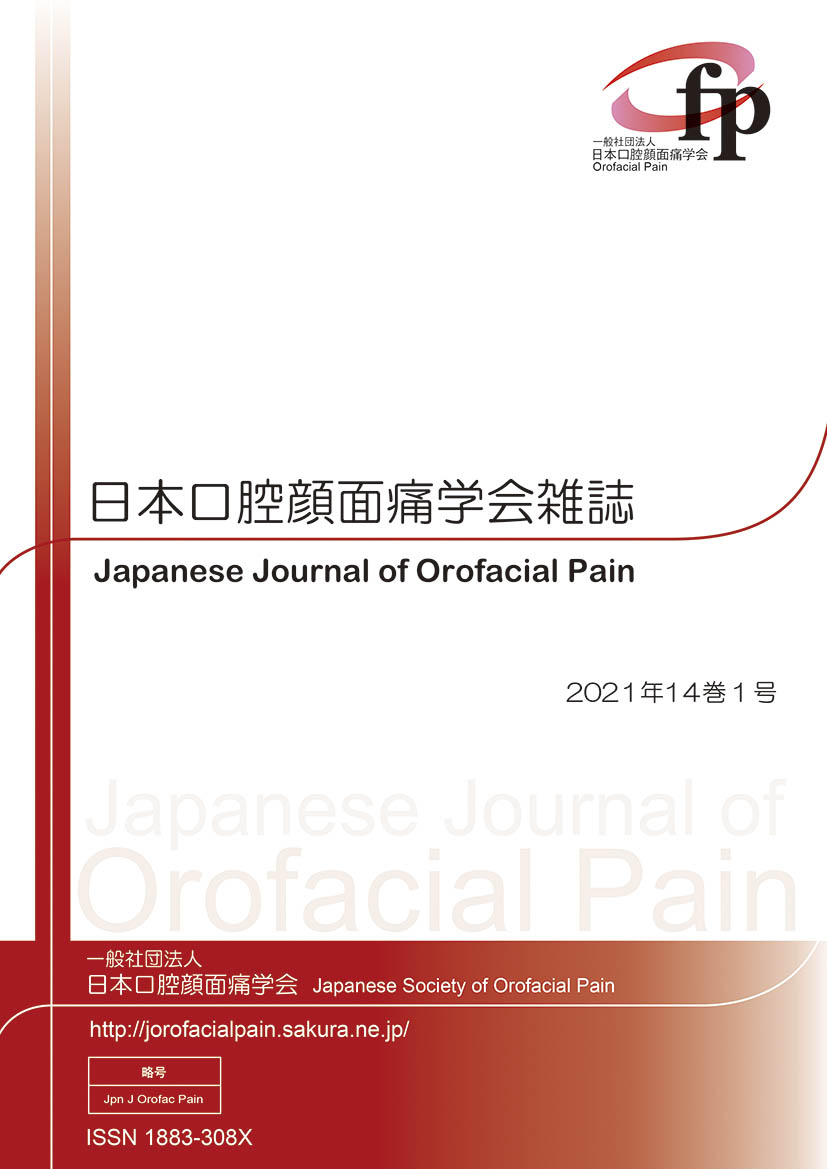Volume 14, Issue 1
Displaying 1-6 of 6 articles from this issue
- |<
- <
- 1
- >
- >|
Reviews
-
2022Volume 14Issue 1 Pages 1-13
Published: 2022
Released on J-STAGE: January 26, 2022
Download PDF (480K)
Original Article
-
2022Volume 14Issue 1 Pages 15-20
Published: 2022
Released on J-STAGE: January 26, 2022
Download PDF (366K) -
2022Volume 14Issue 1 Pages 21-26
Published: 2022
Released on J-STAGE: January 26, 2022
Download PDF (246K) -
2022Volume 14Issue 1 Pages 27-34
Published: 2022
Released on J-STAGE: January 26, 2022
Download PDF (531K)
Case Reports
-
2022Volume 14Issue 1 Pages 35-39
Published: 2022
Released on J-STAGE: January 26, 2022
Download PDF (348K) -
2022Volume 14Issue 1 Pages 41-45
Published: 2022
Released on J-STAGE: January 26, 2022
Download PDF (399K)
- |<
- <
- 1
- >
- >|
